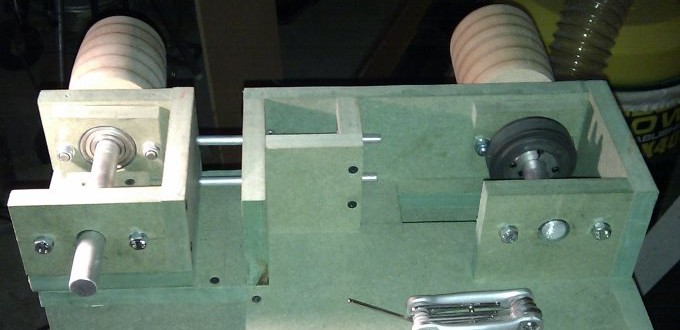The design (I currently have) for the belt sander requires the use of springs to provide tension on the belt through action on the idler wheel. I’m fairly happy with the design now but I know very little about springs and for such a simple looking component there are a surprising number of variables to take into account. The first thing I had to decide was whether to tension the idler wheel using springs in compression (compression springs) or in tension (extension springs). I chose to go with compression springs since I felt it simplified the design because I didn’t have any problems with creating channels for pieces of wood to slide in.
Compression springs come with one of four different ends: closed and ground, open and ground, closed and unground and open and unground. Ground means that the end of the spring has been ground flat, closed means that it has a compressed twist at the end closing the spiral. Therefore a closed and ground spring will sit completely flat against it’s bearing surface and is the type that I will use. Springs also come in right and left handed coils but for my application this doesn’t matter.
Extension springs are used where a pulling force needs to be over come or stored. They have a variety of loop type ends some times with an open hook end, the loop is often the point of failure for extension springs. Extension springs can be made with an initial tension built in that has to be overcome before the spring begins to extend, this is in contrast to compression springs that have no load when they are not deflected.
Torsion springs are designed to wind and unwind slightly and are therefore used in applications such as door opening and closing. They will have a leg at either end of the spring which can protrude in any direction dependent on the way loading will be applied to the spring. The simplest design has the last section of the coil sticking straight out rather than being wound round.
